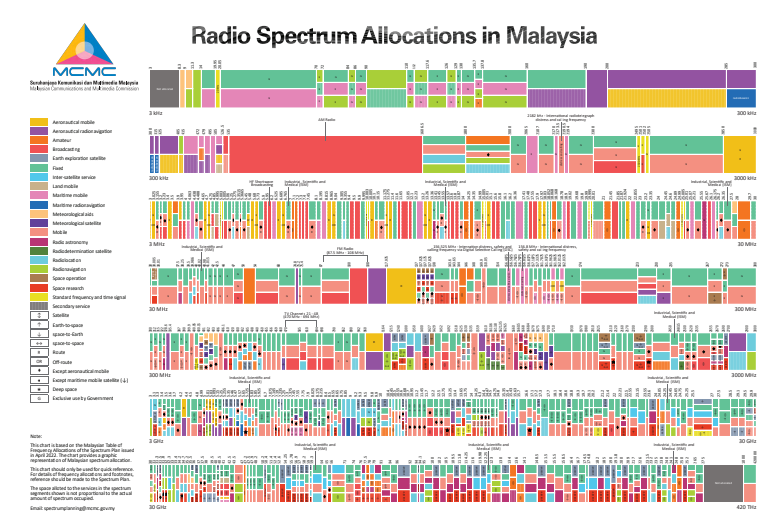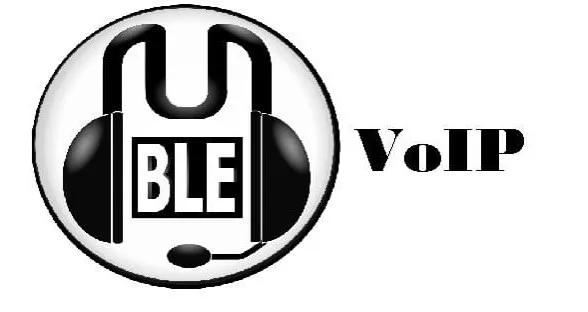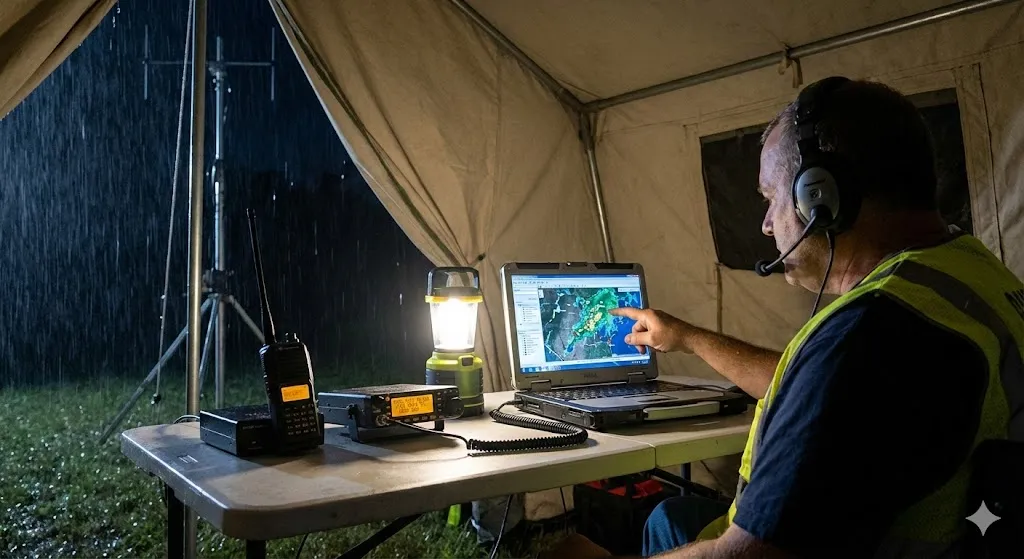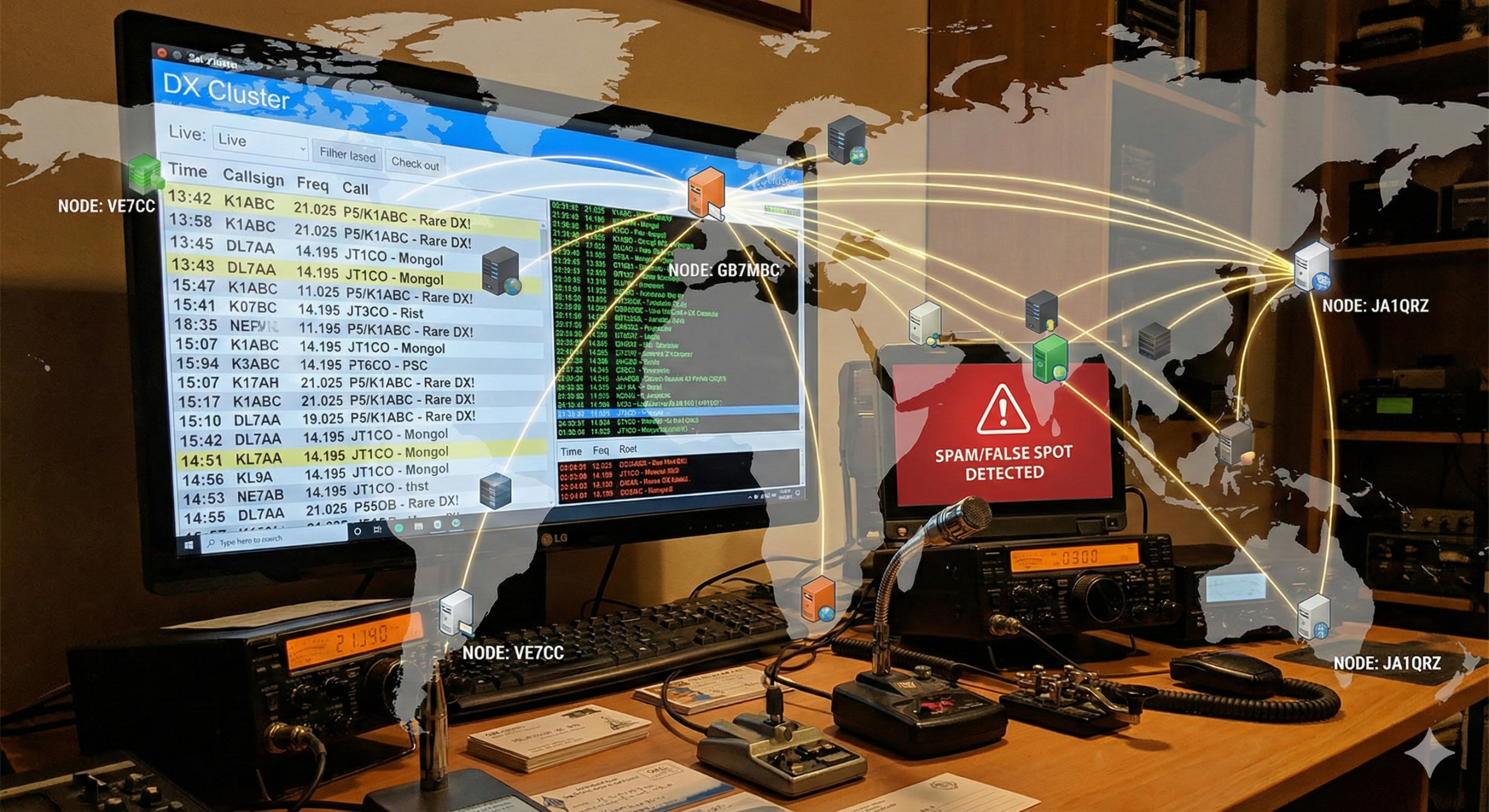amateur radio
frequency
ham radio
mcmc
spectrum
suruhanjaya komunikasi dan multimedia malaysia
9m2pju, amateur radio, bandplan, communications, emwaves, frequency, hamradio, HF, ituregion3, lora, malaysia, MCMC, mcmclicense, radio, RadioWaves, Repeater, rfengineering, rfspectrum, sdr, SKMM, spectrum, telecom, UHF, VHF, wireless
9M2PJU
0 Comments
How Radio Spectrum Works in Malaysia
If you’ve ever used Wi-Fi, tuned into a radio station, made a phone call, or messed with walkie-talkies or ham radios, you’ve used part of the radio spectrum. It’s invisible, but absolutely everywhere — and in Malaysia, it’s controlled and managed pretty tightly.
Here’s a quick, no-BS guide to how radio spectrum is allocated in Malaysia, and why it matters to people like us.
Who’s in Charge?
In Malaysia, MCMC (Malaysian Communications and Multimedia Commission) — or SKMM in Malay — is the boss when it comes to spectrum. They handle everything: planning, licensing, enforcement, and monitoring.
They don’t just make this up — the system follows international rules set by the ITU (International Telecommunication Union), but adapted for Malaysian use.
How the Spectrum is Divided
The radio spectrum covers everything from super low frequencies (used by submarines) to crazy high ones (used for satellite and radar). But here’s how it’s actually used in Malaysia:
- Mobile networks (3G, 4G, 5G): Big telcos like Celcom, Maxis, and Digi get assigned specific chunks like 700MHz or 2600MHz.
- Broadcasting: FM radio, TV, etc. all have their own dedicated bands.
- Wi-Fi and Bluetooth: Usually in the 2.4 GHz or 5 GHz bands — these are “license-free” under what’s called Class Assignment.
- Amateur Radio (Ham Radio): Specific bands like 144 MHz (2 meter), 430 MHz (70cm), and 7 MHz (40 meter HF band).
Types of Assignments
1. Spectrum Assignment (SA)
This is for big players — telcos, broadcasters, or anyone who wants a nationwide frequency. It usually costs a lot.
2. Apparatus Assignment (AA)
If you’re setting up a local radio repeater, a maritime radio, or an amateur radio station, this is the one you apply for. It’s tied to your equipment and location.
3. Class Assignment
No need to apply — just follow the rules. This includes Wi-Fi, Bluetooth, and short-range gadgets like baby monitors or RFID.
What About Ham Radio?
If you’re into amateur radio, you’ll need a license and a callsign. MCMC handles the licensing, and you’ll be issued an Apparatus Assignment. You also have to pass an exam.
Some of the key bands for ham ops in Malaysia include:
- HF: 7.0–7.2 MHz, 14.0–14.35 MHz, etc.
- VHF: 144–148 MHz
- UHF: 430–440 MHz
- Microwave: 1.2 GHz, 2.4 GHz, 5.6 GHz — shared with Wi-Fi and LoRa users
Why You Should Care
Whether you’re a ham, a network nerd, a radio engineer, or just a curious guy messing around with SDR or LoRa, knowing which frequencies are legal — and how they’re managed — is important. Malaysia’s spectrum isn’t a free-for-all. Using the wrong frequency or causing interference can get you fined, raided, or both.
Final Word
The radio spectrum might seem invisible and boring, but it powers nearly everything wireless around you. In Malaysia, MCMC makes sure it’s used in a way that avoids interference and supports public and commercial needs. If you’re a user — whether a ham operator, telco engineer, or tech tinkerer — it’s worth understanding the basics of how it works here.
Want to check out the band plan or license types? Just visit mcmc.gov.my







Post Comment